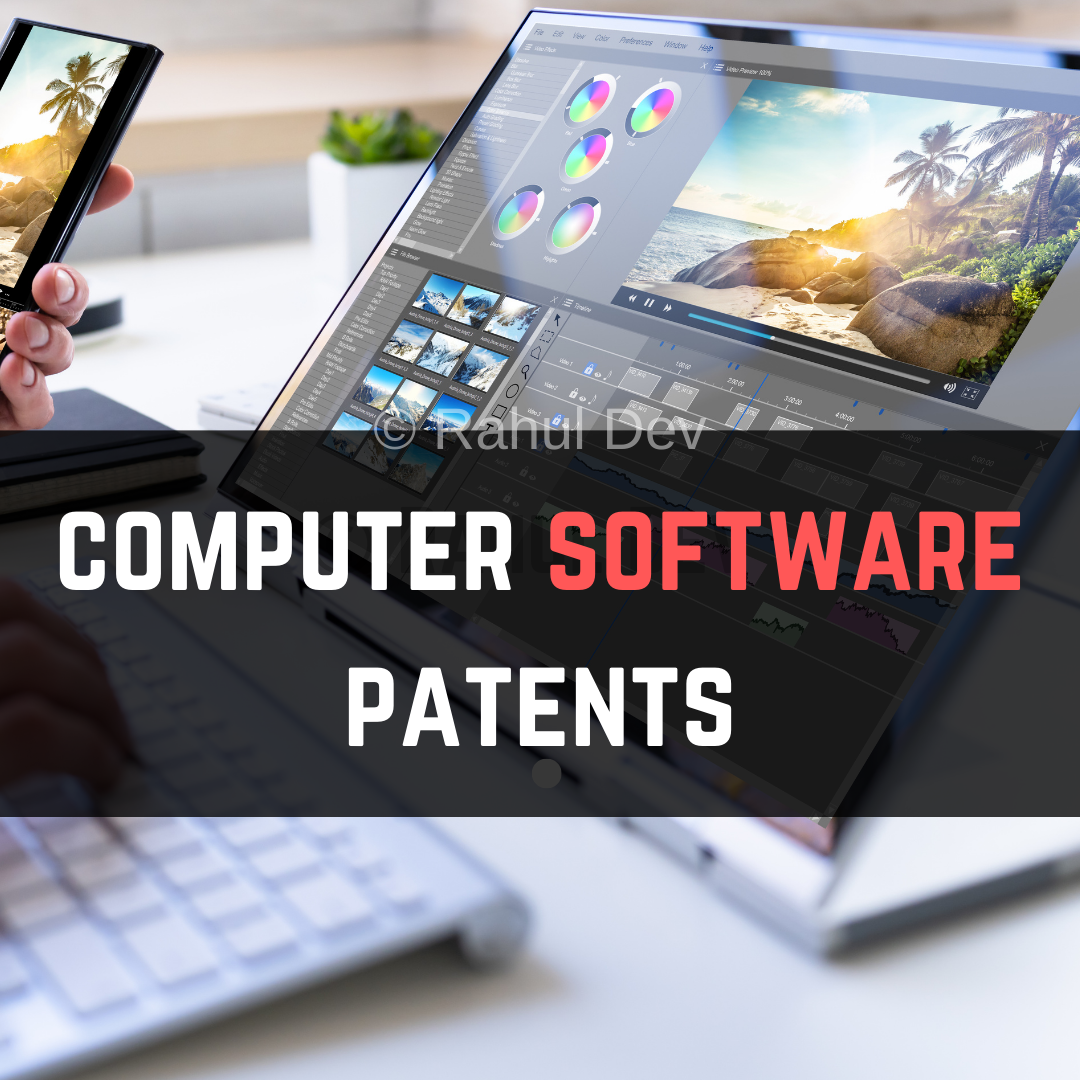After the application for registration of design has been filed with the Controller, there is a fixed amount of period in which the objection to the application can be filed. To remove the objections raised, once the examination has been completed, the applicant gets a period of six months extendable for further 3 months on the request made under the form F-18. Prescribed fees have to be submitted along with the form F-18 before the expiry of the stipulated period of six months.
An applicant who fails to file for extension of period, his application shall be deemed to be abandoned by the Controller. All the information provided by the applicant at the time of registration of the design, such information is stored in a register with the Patent Office. Such information stored in the register becomes the prima facie evidence about the information entered therein. Any person can inspect such information after submission of the prescribed fees and on submitting an application with the Controller. An applicant must submit the application in the procedure mentioned under the Designs Act.
Registration of a design can be obtained only after the application for registration has been filed and examined. Any person who wants to register his design can submit the following documents with the Designs Wing of the Patents Office with the head office or the branch offices. If the applicant is submitting his application at the branch office, the application will be sent to the head office by the branch office itself for the purpose of prosecuting and processing the application. The applicant shall file F-1 with the details of the application along with the prescribed fees. The application shall contain the full name and address, nationality, name of the article, class number and address for service in India. It should be signed by the applicant or the agent. If the applicant is a small entity, then Form 24 along with the documentary evidence will have to be submitted with Form 1 and representations.
The representations of the article, drawings, photographs, tracings or any other representations including computer graphics should illustrate precisely the features of such design from different views. The applicant must also file a statement of novelty of the design and disclaimer if any in respect of trademark, mechanical action, work, letter, numerals should be endorsed on each representation sheet which should be duly signed and dated. If the application has to be filed through an agent or a person except the proprietor of the design, then a power of attorney should also be filed along with the other necessary documents. If the application has to be filed internationally, then priority documents should also be claimed under Section 44 of the Designs Act, 2000. Once these criteria are fulfilled and the application is filed before the appropriate forum, each application will undergo examination.
During the examination, the objections or defects are noticed in the application and are communicated to the applicant or his agent. There is a specific time period within which removal of objections can be done i.e. 6 months. If the applicant wants more time then he/she can file for the extension of the time period for the removal of objections before the expiry of the period of 6 months.
Once such a request is filed before the Controller, he may grant an extension of three months. If such a request for extension of time period is not made and the objections are not removed then the application is deemed to be abandoned by the office. Whereas on the other hand If the applicant has removed the objections and the application is accepted, it will be notified in the Patent Office Journal. If the application is refused by the Controller then a hearing will be provided to the applicant. It is post hearing that the Controller will decide if the application is to be accepted or not. The decision of the Controller will be communicated to the applicant in writing stating seasons for the same. If the applicant feels that the decision of the Controller is causing grave injustice then the applicant may also file an appeal to the High Court. An appeal should be made within a time frame of three months post the decision of the Controller.
While stating the claims of the designs in the design application, A statement of novelty shall be made by the applicant. Such statements must conform that the novelty exists in certain parts of the design and elaborate upon it. A disclaimer shall state that the applicant is not making any claim with respect to any mechanical or mechanism of any article or it is not using any Trade mark, word, letters or numerals in the article. Where the trade marks, numerals etc are of no significance to the design they should not be mentioned in the claims as well. Another important document to be filed with the application is the Representation Sheet. This sheet should be filed diligently considering the laws of Design registration in place. This representation sheet is meant to represent the article for which the design registration is sought and it may contain more than 1 page. It shall be exactly similar to drawings, photographs, tracings of the design.
The controller may require a specimen of the article at the time of examination in certain cases. To enable the digitization process, one of the representation sheets shall not be covered with the tracing paper. It is to be filed in A4 size of the paper and only on one side of the paper. A clear representation of the article should be made on the representation sheet depicting all the arrangements in which the design has been applied to the article. If there is an appearance of any name in the representation sheet, then the consent of such person is required in writing and is required to be submitted. Non-compliance with such submissions may result in objections by the office and cause unnecessary delay in the registration process.
In case the name of the person is hypothetical, it should be mentioned specifically. A statement of novelty and disclaimer should be endorsed on each and every representation sheet. The Representation should show the complete pattern including the length and width of the pattern and the repeating pattern as well. The name of the applicant should be mentioned in the top left corner of the representation sheet along with the total number of sheets and sheet number in Arabic numerals on the right hand corner of the representation sheet. The representation sheet should be signed and dated by the applicant. Representation sheet is meant to be aesthetic in nature and hence no descriptive matter or matter denoting the components by reference letters should be included. The relevant parameter in the representation sheet is the shape and not the size of the article. Therefore, there should be no mention of the size. The use of background of the article, Trademarks, words, letters, numerals which are not the essence of the design should not be mentioned in the representation sheet.







